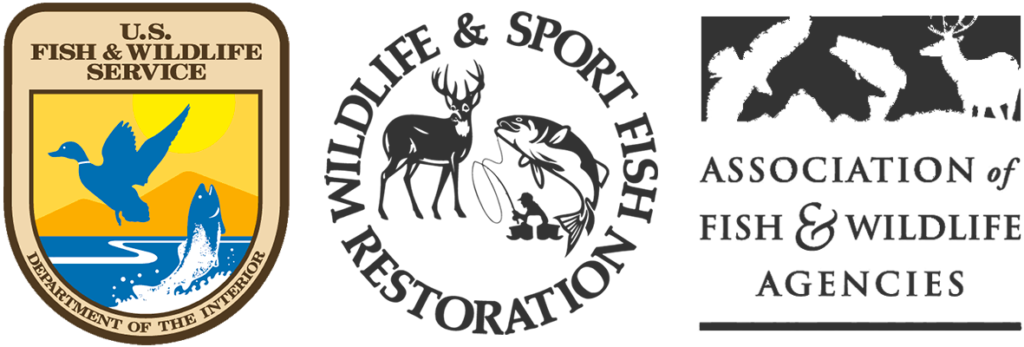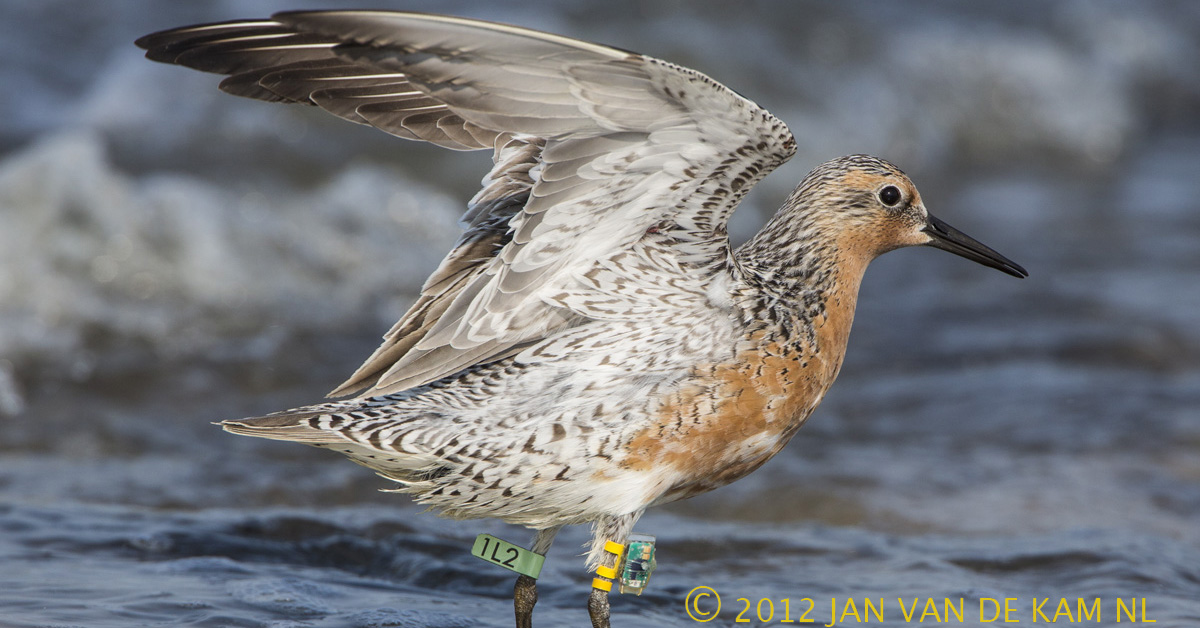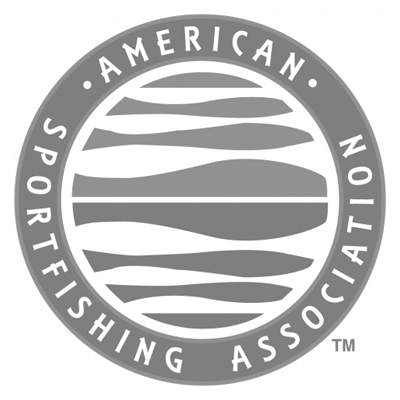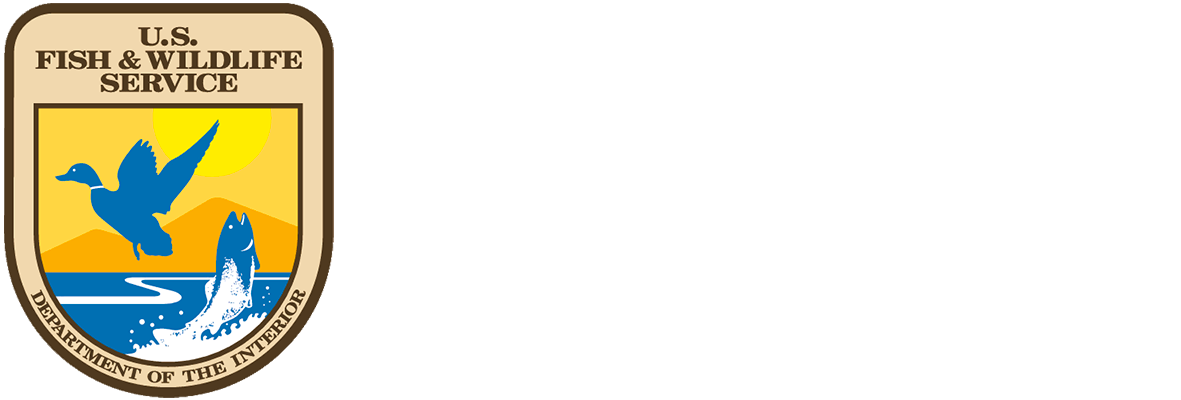Industry excise taxes fund a broad range of conservation and recreation opportunities in an urban state. (Title image: A Red Knot with a leg band and transmitter).
By Jodi Stemler
When one thinks of outdoor recreational opportunity and wildlife conservation, the first place to come to mind might not be the Garden State. Packing 9.2 million people in the fourth smallest land area leads many to visualize the opening scenes of the Sopranos during a drive on the Jersey Turnpike.
However, in spite of its heavily urbanized areas, New Jersey still presents many natural places with diverse fish and wildlife—and an agency tasked with balancing these conservation needs with the needs of its residents. Thanks to partnership funds from the fishing, hunting and shooting industries through the U.S. Fish and Wildlife Service, the New Jersey Division of Fish and Wildlife (NJDFW) is taking steps to improve outdoor recreation opportunities, and the health of its native fish and wildlife.
“Conservation activities in our state couldn’t happen without the assistance of the federal Wildlife and Sport Fish Restoration Funds that we receive,” commented Bob Longcor, the state’s coordinator of the federal funding. “There is an inextricable link between wildlife- associated recreation and our conservation activities, and it is industry’s support of our agency’s efforts that make it all possible.”
NJDFW Director David Golden agrees, noting that more than half of the state’s budget comes through the Federal Aid in Wildlife and Sport Fish Restoration Funds—also known as WSFR or by the names of the bill sponsors—Pittman-Robertson, Dingell-Johnson and Wallop-Breaux. The funding supports a broad range of the agency’s everyday work ranging from fish and wildlife research to habitat conservation and management to educational efforts. Because NJDFW recognizes that the excise taxes on firearms and archery equipment, fishing tackle and motorboat fuels serve as the primary foundation for its work, the agency has made it a priority to ensure that the public has plenty of opportunities.
Emphasis on Experience
NJDFW manages more than 350,000 acres in 122 state wildlife management areas across the state. There are also 23 shooting ranges, 18 boat ramps and 21 “car-top” boat launches (for kayaks or other boats that can be transported on top of a car), as well as 17 artificial reefs providing offshore fishing experiences. While the agency is still acquiring some property (an 1,800-acre purchase was recently made near Millville), in recent years much of the funding has gone toward improving the visitor experience.
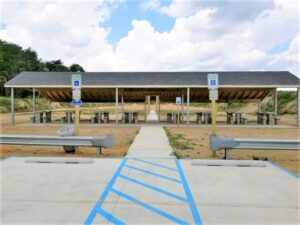
The wildlife management areas offer public-land hunting in a state with limited public lands. The agency stocks pheasants on a number of areas and also allows deer and turkey hunting. Federal grant funds have supported improvements of parking areas and roads, as well as planting food plots and managing habitat. A grant-funded CNC machine lets the agency make signs in-house, and staff has made it a priority to upgrade signs leading to and on public access areas. The use of the WSFR funding, and the parameters established through the federal programs, has been a key factor in keeping these lands dedicated for hunters and anglers, according to Golden.
“There’s been mounting pressure to use our wildlife management areas solely for non-consumptive uses,” he said. “But the fact that we’ve used WSFR funds and revenues from license sales for acquisitions and maintenance allows us to stay aligned with our mission. The conditions required when we use federal funds help us to keep that focus for these lands.”
Ranges and Ramps
Recognizing that most of the money coming into the federal Pittman-Robertson program comes through products purchased by recreational shooters, the state is making an effort to meet their needs. Through a recent grant, funding was allocated to do substantial upgrades to five shooting ranges—refurbishing shooting benches, adding covers, improving berms and more. With the safety improvements, these renovated ranges now allow centerfire rifles, with one even offering a 200-yard rifle range, a unique opportunity in the state. There are also 12 archery ranges and seven shotgun ranges.
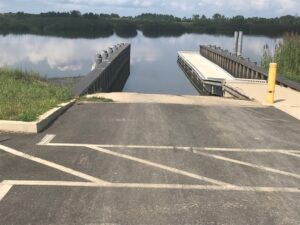
“We felt it was important to give back to the user groups that are supplying those funds,” said Jason Hearon, Bureau Chief of Land Management with NJDFW. “There has been a significant increase in use as a result of these range renovations and a very positive response from shooters.”
In a similar manner, the state has prioritized improvements for boaters. They have invested in floating docks at all of their launch areas for inshore ramps. Hearon says that leveraging the WSFR grants with the state corporate business tax has allowed them to upgrade coastal ramps as well. The saltwater facilities require more engineering and construction costs, so the partnerships are a critical factor. Even with these costs, most NJDFW managed ramps are free—a public benefit for those who are purchasing fishing equipment and motorboat fuels.
While NJDFW had already started the process of upgrading facilities, its efforts saw added value in 2020 when recreational use skyrocketed. Certainly, outdoor recreation demand increased due to COVID-19 restrictions; however, Hearon and Golden both believe that the improved facilities and better information will convert those new participants to regular users.
Artificial Offshore Reefs
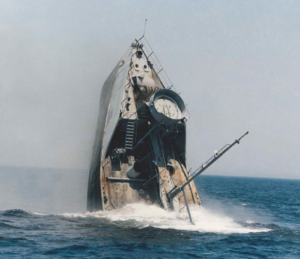
For offshore anglers, the state has led the creation of artificial reef sites that add vertical structure to otherwise flat sandy ocean bottoms. Partner groups procure the reef materials, including decommissioned boats and rock, and federal grants support the staff time for inspections to ensure that all deployed materials are environmentally safe. NJDFW began managing the offshore reef program in 1984, around the same time as the Wallop-Breaux amendments added motorboat fuels to the Sport Fish Restoration account and directed funds to marine as well as freshwater fisheries.
The state now has 17 reef sites along its coastline ranging from 20 to 160 feet in depth and one mile to 24 miles offshore. Most of the sites are relatively close to inlets making them easily accessible for anglers. In fact, according to Peter Clarke, the NJDFW fisheries biologist who manages the reef program, 30 percent of all recreational offshore anglers use the artificial reef sites. With good reason—the improved habitat is a boon to marine species.
“We’ve conducted several studies and know that over 150 species of fish and other marine life use these artificial reefs,” Clarke notes. “Perhaps more important is the peripheral effect—there’s a lot of life in the radius of a reef that you wouldn’t expect on just a sand bottom because species move around the sea floor and between established reefs.”
Recovering Red Knots
Using federal grant funding to upgrade the visitor experience is one facet of NJDFW’s efforts, but a key function for all state fish and wildlife agencies is sustaining native species. Providing quality habitat in a state with a high human population is critical, as is funding the research necessary to understand the needs of species that are facing increased challenges.
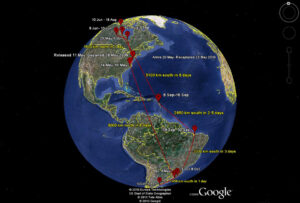
One such species is the Red Knot, a small shorebird listed as a federally threatened species that uses the Delaware Bay as a stopover point on its annual migration. The small birds converge in great numbers in the spring to take advantage of spawning horseshoe crabs. The crab eggs provide a high-protein food source that allows the Red Knots to double their body weight in just 10-12 days and leave in good enough body condition to arrive in the Arctic where they breed. There is a direct connection between how much weight the birds gain in Delaware Bay and their breeding success, and Red Knot populations have declined as horseshoe crab numbers have dropped.
Like with waterfowl, banding birds allows biologists to closely monitor the population—and WSFR funding has been essential to support research that has been ongoing since 1997. Biologists capture birds in the Delaware Bay to mark and assess bodyweight. Leg flags with unique characters are easily visible to observers across the birds’ nearly pole-to-pole migration route and new lightweight radio transmitters provide real-time data about their movements. Delaware Bay is the only place that Red Knots are captured and marked in large numbers, and much of that research is funded through federal grants to NJDFW.
“Management has to be organized federally and at a population scale to improve conditions that support highly migratory species,” notes Amanda Dey, Principal Zoologist with the NJDFW’s Endangered and Nongame Species Program. “The great value of the Pittman-Robertson program is the predictable, multi-year funding for monitoring population size and trend over time. This clearly worked for waterfowl, and we have a greater chance of success in restoring Red Knots because of sustained funding.”
Clearly, New Jersey has a lot going on and is making a difference for wildlife and outdoor recreation using the industry-funded federal Wildlife and Sport Fish Restoration programs. These partnership dollars conserve our fish and wildlife and provide the outdoor recreational opportunities that in turn ensure the success of the hunting, shooting and fishing industries.
